How do you spend £43m advertising a jar of instant coffee? The new Nescafé ad campaign, Coffee at its Brightest, sounds at first like an (inflation-adjusted) update to the absurdist 1985 film Brewster's Millions, in which an increasingly deranged Richard Pryor has 30 days to splurge $30m without investing in a single asset to win a $300m prize.
But while there are parallels not least the fact that Nescafé's Millions will be spent on advertising, that most elusive, some would say 'assetless' commodity there is nothing absurd about the aim. The cash prize, while unspecified, lies somewhere between last year's £200m-odd of Nescafé sales and an overall hot beverages market estimated at £1.44bn [IRI]. The means is equally compelling.
Cynics would suggest that the £43m spend is yet another inflated figure dreamed up by marketers to impress the trade, with one senior industry figure guessing that £43m could buy up all the advertising on all the TV channels in the UK over the course of the campaign's 15-month timeline.
But while the cost of TV advertising has indeed fallen, it hasn't fallen that much (not yet, anyway) and the important point here is not just the cost, or where the money is going, with the multimedia campaign including the internet, press, poster, PR and sampling.
The point is the intent. The ambition. While fmcg brands might be expected merely to pay lip service to the adages about spending your way out of a recession, the Nescafé campaign, with bold and arresting creative and a socking great budget, is the latest and perhaps most dramatic symbol of the defiance of the leading fmcg brands.
This week, The Grocer reports more than 50% of the 100 biggest fmcg advertisers increased media spend. Nestlé's move is a timely reminder that Britain's brands still have the fight.
But while there are parallels not least the fact that Nescafé's Millions will be spent on advertising, that most elusive, some would say 'assetless' commodity there is nothing absurd about the aim. The cash prize, while unspecified, lies somewhere between last year's £200m-odd of Nescafé sales and an overall hot beverages market estimated at £1.44bn [IRI]. The means is equally compelling.
Cynics would suggest that the £43m spend is yet another inflated figure dreamed up by marketers to impress the trade, with one senior industry figure guessing that £43m could buy up all the advertising on all the TV channels in the UK over the course of the campaign's 15-month timeline.
But while the cost of TV advertising has indeed fallen, it hasn't fallen that much (not yet, anyway) and the important point here is not just the cost, or where the money is going, with the multimedia campaign including the internet, press, poster, PR and sampling.
The point is the intent. The ambition. While fmcg brands might be expected merely to pay lip service to the adages about spending your way out of a recession, the Nescafé campaign, with bold and arresting creative and a socking great budget, is the latest and perhaps most dramatic symbol of the defiance of the leading fmcg brands.
This week, The Grocer reports more than 50% of the 100 biggest fmcg advertisers increased media spend. Nestlé's move is a timely reminder that Britain's brands still have the fight.



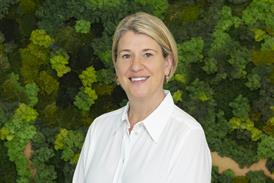
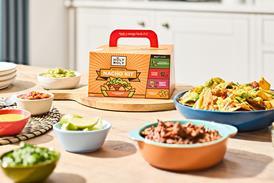


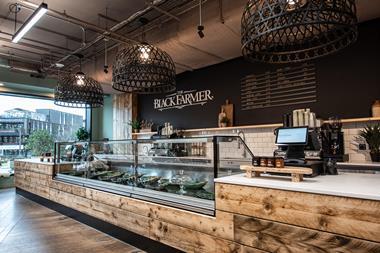
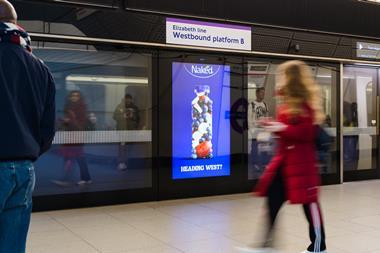
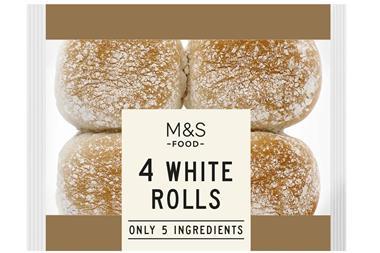


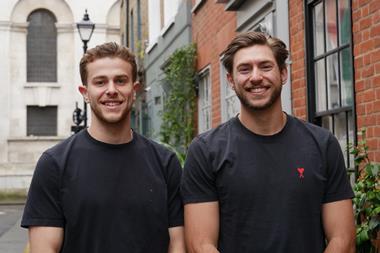
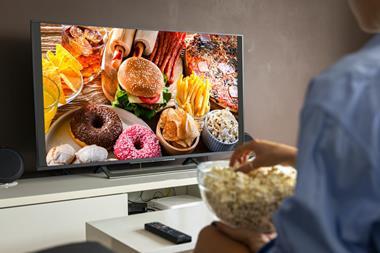
No comments yet